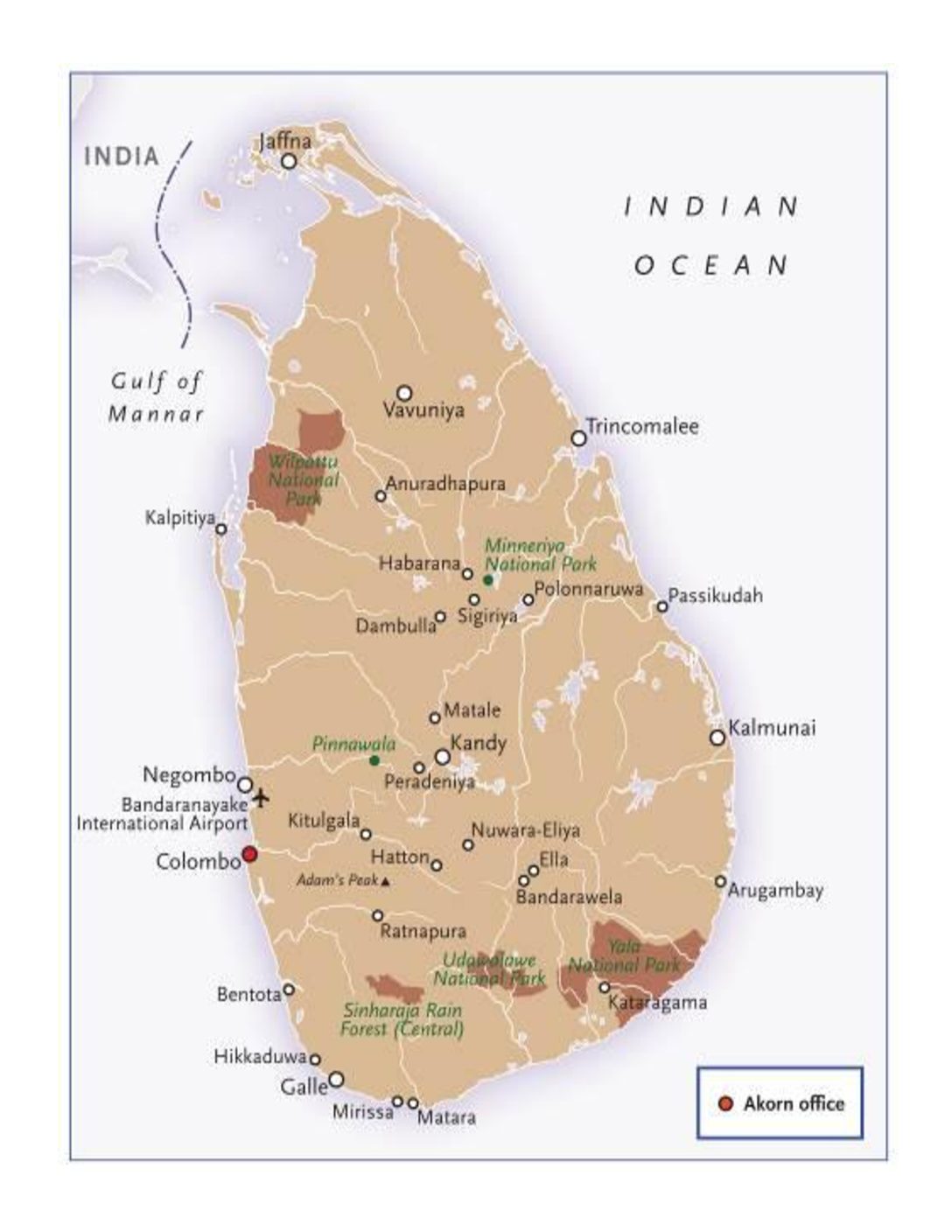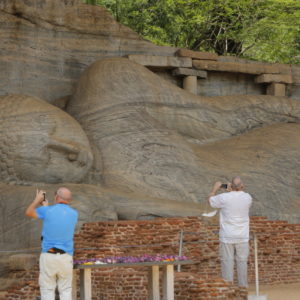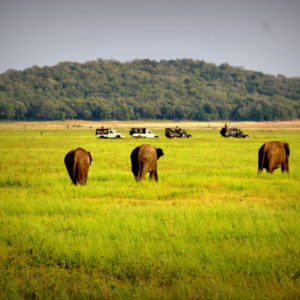Video courtesy of Sri Lanka tourism
Some refer to Sri Lanka as a Tropical Paradise. A landmark destination in the ancient Spice Trail, Sri Lanka is bursting with wonder. This tropical island is famous for its diverse landscape: from the blue coastal belt to green mountains within just hours of each other, and the island’s lush greenery ranging from coconut palm groves to paddy fields and tea plantations, embellished by over 200 natural waterfalls. It is blessed with a rich culture and a recorded civilization that spans as far back as 380 BC. The advent of Buddhism during the 3rd Century BC brought the rich aspect of ancient civilizations to Sri Lanka which in turn helped to form the great kingdoms with their magnificent dagobas, (relic chambers) –one which is taller than the third Pyramid of Giza and another which is the largest stupa in the whole Buddhist world – colossal monuments, pleasure gardens, art and architecture.
Spices, sapphires and elephants have been synonymous for centuries with Sri Lanka, previously known as Ceylon.The unique location of the island in the Indian Ocean once served as a hub for trading: aromatic cinnamon (the best in the world), cardamom, nutmeg and pepper were plentiful and the natural sparkle of gems with their multitude of hues, iconic to their colourful land, were amongst the natural exports. The country lured traders and colonizers from the west which resulted in the Portuguese, the Dutch and the British governing the island for over 150 years from the 16th century. This resulted in the island being called the “Pearl of the Indian Ocean”.
- Colombo
- Anuradhapura Ancient Capital
- Polonnaruwa Ancient Capital
- Sigiriya Rock Fortress
- Dambulla Cave Rock Temple
- Galle Dutch Fortress
- Kandy Heritage City
- Sinharaja Rain Forest Reserve
- Horton Plains National Park
- Climate
The Island is divided into a dry zone (north and east) and wet zone (south west and central), each with its own distinct weather patterns. Between May and September, monsoons bring rain to the south-west part of the Island, while the dry season occurs between December and March.
In the north east coastal regions, the monsoon season occurs between October and January and the dry season runs between May and September.
In the tea country, elevations affect the temperature and it is much cooler in this part of the central highlands. Overall in Sri Lanka, the best weather can be found from December to mid-April.
Showing all 3 results



